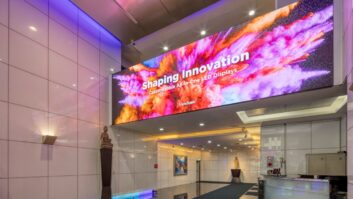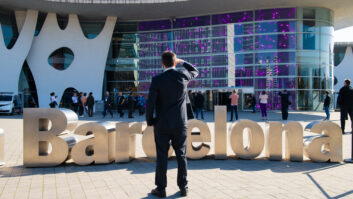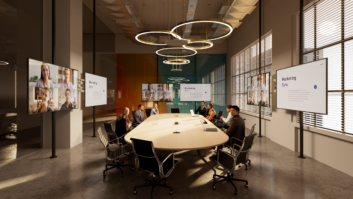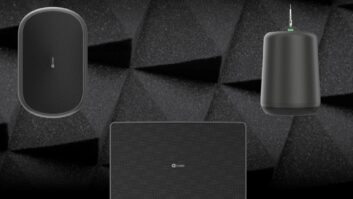 In today’s rapidly evolving educational landscape, the traditional model of fixed classroom configurations is giving way to more dynamic, adaptable spaces. This shift is driven by the need to accommodate diverse teaching methods, support v, encourage collaboration, and foster engagement among students. However, achieving fully flexible room usage and optimising communication within these spaces poses significant challenges.
In today’s rapidly evolving educational landscape, the traditional model of fixed classroom configurations is giving way to more dynamic, adaptable spaces. This shift is driven by the need to accommodate diverse teaching methods, support v, encourage collaboration, and foster engagement among students. However, achieving fully flexible room usage and optimising communication within these spaces poses significant challenges.
One of the primary obstacles faced by educational institutions is the inflexibility of classroom layouts. Traditional setups often lack the versatility needed to accommodate various teaching styles and activities. This limitation hampers educators’ ability to create engaging learning experiences and impedes the seamless flow of instruction. To address this issue, institutions are turning to technology solutions which offer greater flexibility in room design and configuration.
Advanced audio technology plays a crucial role in overcoming communication barriers and enhancing the learning environment. In large or acoustically challenging spaces, ensuring clear, intelligible sound is essential for effective teaching and learning. Solutions such as voicelift technology provide educators with the ability to project their voices clearly without the need for cumbersome equipment, fostering better comprehension and engagement among students.
Moreover, the integration of priority zones and exclusion areas within audio systems empower educators to maintain control over classroom dynamics. By prioritising the instructor’s voice and minimising noise from disruptive sources, technology solutions enable educators to create an environment conducive to focused learning and collaboration.
CAMERA TRACKING
The adoption of camera tracking technology also facilitates hybrid teaching models, allowing educators to seamlessly integrate in-person and remote students into the learning experience. This means institutions can overcome geographical barriers and provide equal access to education, promoting inclusivity and engagement across diverse student populations.
Additionally, advancements in system management and monitoring tools streamline the administration of educational audiovisual systems, reducing downtime and enhancing overall efficiency. With intuitive software support, such as Sennheiser Control Cockpit, administrators can monitor system performance, troubleshoot issues, and implement updates, ensuring smooth operation and maximising the return on investment in technology infrastructure.
By leveraging encrypted security measures, educational institutions can protect their network infrastructure from unauthorised access and mitigate the risk of disruptive behaviour by students. This safeguards the integrity of the learning environment and ensures the uninterrupted delivery of educational content.
Another critical aspect for enhancing education spaces is brand agnostic integration. With educational institutions often using a variety of audiovisual equipment and systems from different brands and manufacturers, ensuring seamless integration among these technologies is crucial for maximising their effectiveness and usability. Solutions featuring standardised protocols and interoperable interfaces enable different devices to work together harmoniously, creating unified learning environments that leverage the full potential of technological investments.
Technology solutions like Sennheiser TeamConnect Ceiling Medium (TCC M) microphone play a pivotal role in transforming traditional educational spaces into dynamic, flexible environments that promote collaboration, engagement, and innovation. As the educational landscape continues to evolve, embracing technology-driven solutions will be essential in creating inclusive, accessible learning experiences that prepare students for success in the digital age.







